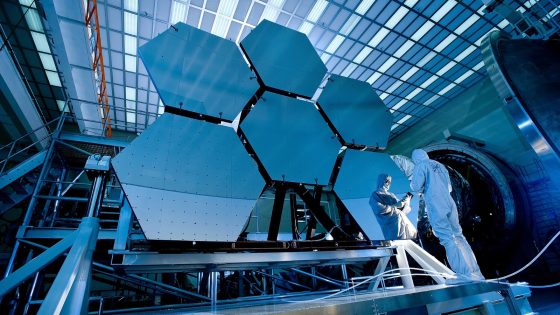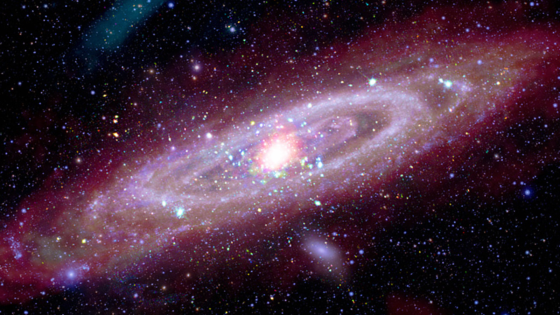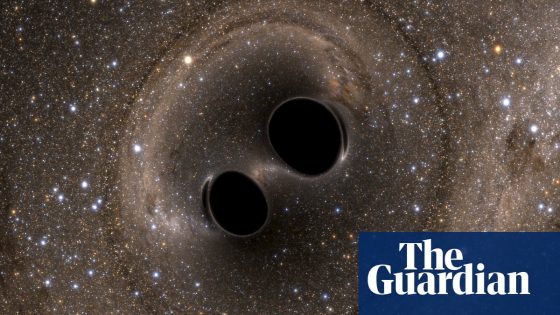The James Webb Space Telescope is revolutionizing our understanding of the universe. Launched in December 2021, this powerful observatory can capture light from galaxies that formed over 13 billion years ago. But how does it achieve such remarkable feats?
- James Webb Telescope observes ancient galaxies.
- It captures infrared light, not visible light.
- Webb's mirror is the largest ever launched.
- NIRCam and MIRI are key instruments.
- It requires extreme cooling for sensitivity.
- Images are processed into full-color visuals.
Webb employs advanced infrared technology, allowing it to detect light not visible to the human eye. This capability enables astronomers to see the universe in unprecedented detail, acting like a time machine that reveals the cosmos’ early epochs.
How does Webb manage to see so far into the past? Its enormous golden mirror and specialized cameras are key. By collecting ancient light and converting it into digital images, Webb provides a unique window into the universe’s history.
- Webb’s mirror is over 21 feet wide, the largest ever launched.
- It detects infrared light, which is crucial for observing distant galaxies.
- Specialized instruments like NIRCam and MIRI enhance its sensitivity.
As we continue to explore the universe, the James Webb Space Telescope will undoubtedly unveil more secrets, pushing the boundaries of our cosmic knowledge.
































